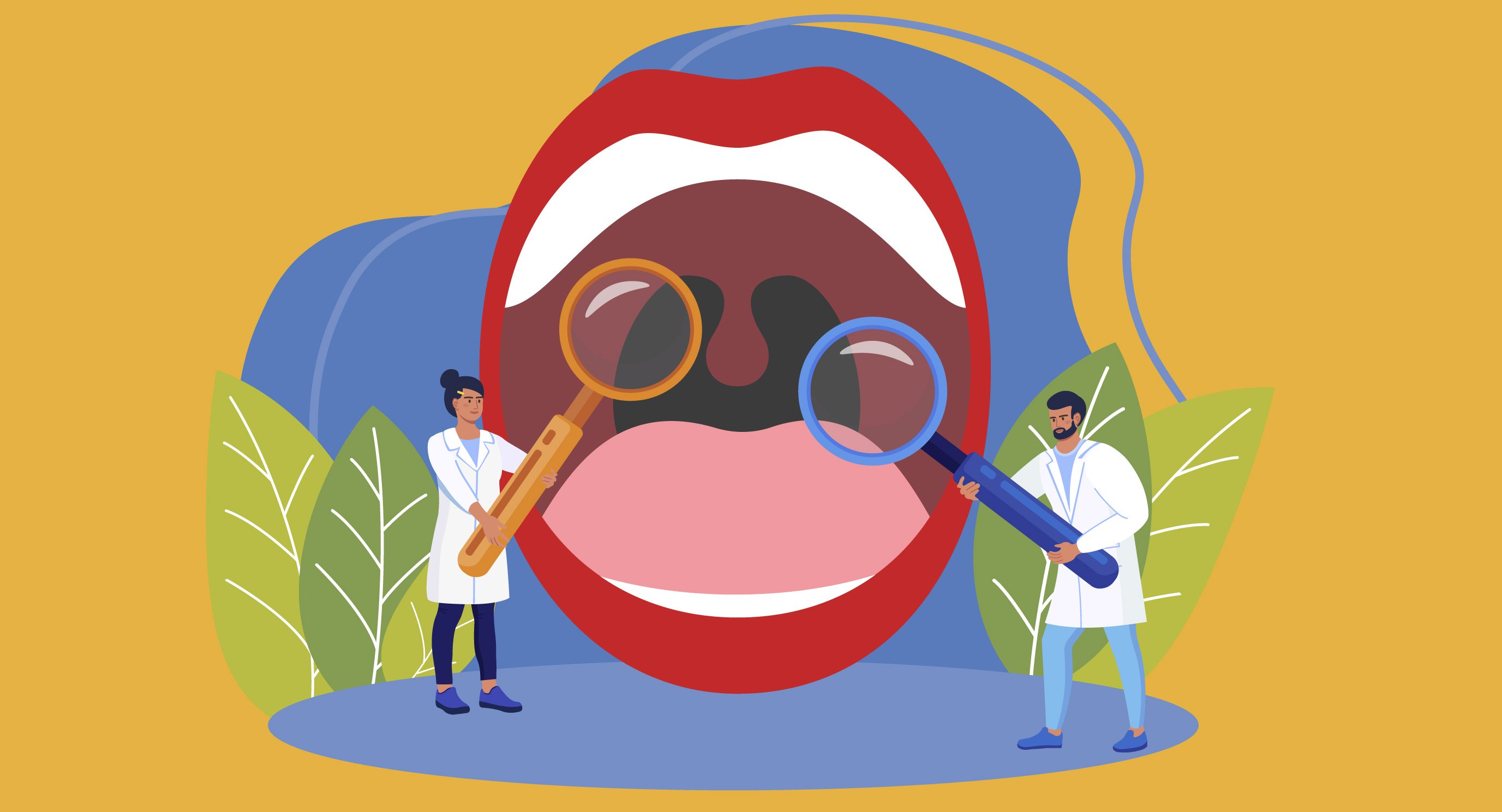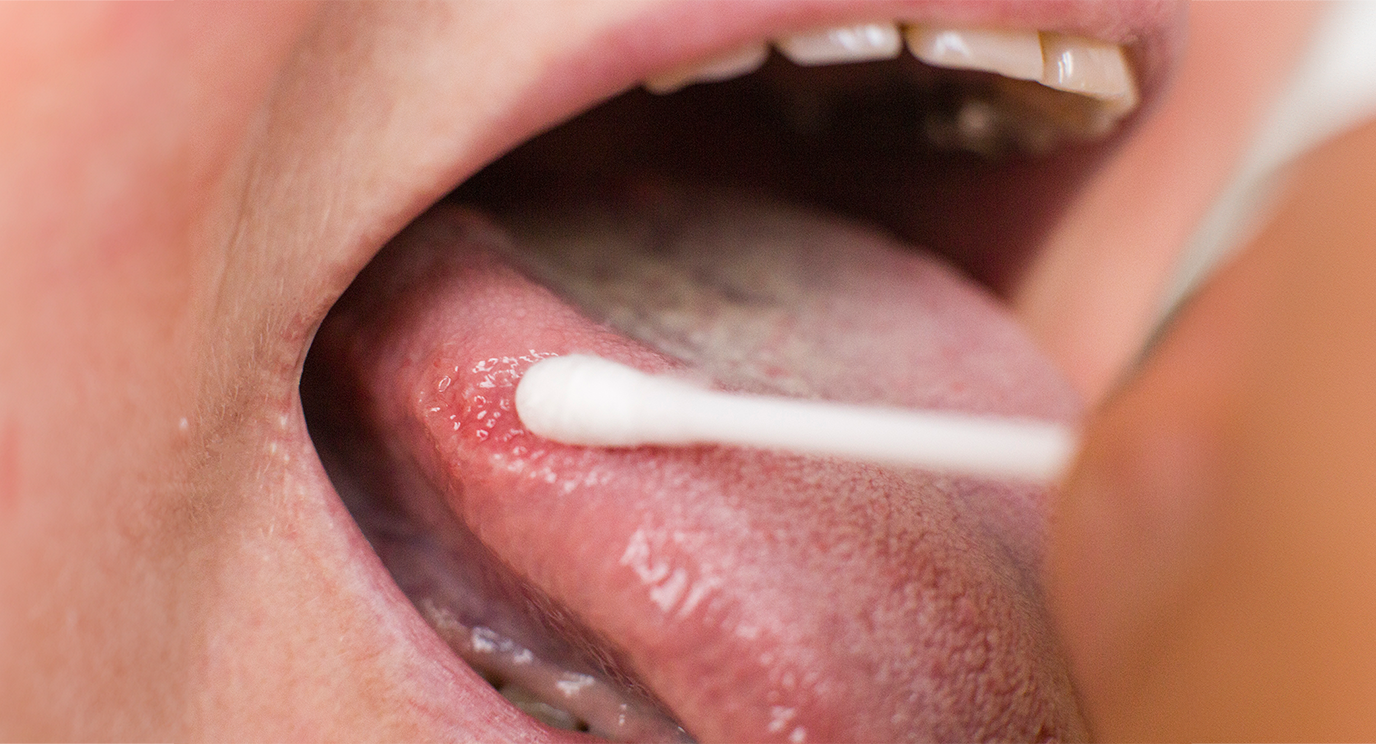- Diseases
- Acoustic Neuroma (16)
- Adrenal Gland Tumor (24)
- Anal Cancer (70)
- Anemia (2)
- Appendix Cancer (18)
- Bile Duct Cancer (26)
- Bladder Cancer (74)
- Brain Metastases (28)
- Brain Tumor (234)
- Breast Cancer (728)
- Breast Implant-Associated Anaplastic Large Cell Lymphoma (2)
- Cancer of Unknown Primary (4)
- Carcinoid Tumor (8)
- Cervical Cancer (164)
- Colon Cancer (168)
- Colorectal Cancer (118)
- Endocrine Tumor (4)
- Esophageal Cancer (44)
- Eye Cancer (36)
- Fallopian Tube Cancer (8)
- Germ Cell Tumor (4)
- Gestational Trophoblastic Disease (2)
- Head and Neck Cancer (14)
- Kidney Cancer (130)
- Leukemia (342)
- Liver Cancer (50)
- Lung Cancer (286)
- Lymphoma (278)
- Mesothelioma (14)
- Metastasis (30)
- Multiple Myeloma (100)
- Myelodysplastic Syndrome (60)
- Myeloproliferative Neoplasm (6)
- Neuroendocrine Tumors (16)
- Oral Cancer (102)
- Ovarian Cancer (178)
- Pancreatic Cancer (162)
- Parathyroid Disease (2)
- Penile Cancer (14)
- Pituitary Tumor (6)
- Prostate Cancer (150)
- Rectal Cancer (58)
- Renal Medullary Carcinoma (6)
- Salivary Gland Cancer (14)
- Sarcoma (238)
- Skin Cancer (302)
- Skull Base Tumors (56)
- Spinal Tumor (12)
- Stomach Cancer (66)
- Testicular Cancer (28)
- Throat Cancer (92)
- Thymoma (6)
- Thyroid Cancer (100)
- Tonsil Cancer (30)
- Uterine Cancer (86)
- Vaginal Cancer (18)
- Vulvar Cancer (22)
- Cancer Topic
- Adolescent and Young Adult Cancer Issues (22)
- Advance Care Planning (12)
- Biostatistics (2)
- Blood Donation (18)
- Bone Health (8)
- COVID-19 (360)
- Cancer Recurrence (120)
- Childhood Cancer Issues (120)
- Clinical Trials (628)
- Complementary Integrative Medicine (22)
- Cytogenetics (2)
- DNA Methylation (4)
- Diagnosis (240)
- Epigenetics (6)
- Fertility (62)
- Follow-up Guidelines (2)
- Health Disparities (14)
- Hereditary Cancer Syndromes (128)
- Immunology (18)
- Li-Fraumeni Syndrome (8)
- Mental Health (122)
- Molecular Diagnostics (8)
- Pain Management (62)
- Palliative Care (8)
- Pathology (10)
- Physical Therapy (18)
- Pregnancy (18)
- Prevention (940)
- Research (390)
- Second Opinion (78)
- Sexuality (16)
- Side Effects (616)
- Sleep Disorders (10)
- Stem Cell Transplantation Cellular Therapy (216)
- Support (408)
- Survivorship (330)
- Symptoms (182)
- Treatment (1794)
4 myths about oral cancer symptoms
4 minute read | Published January 14, 2021
Medically Reviewed | Last reviewed by an MD Anderson Cancer Center medical professional on January 14, 2021
As director of MD Anderson’s Oral Cancer Prevention Clinic, I see many patients each year with both oral cancers and pre-cancerous conditions. Squamous cell carcinoma accounts for about 95% of oral cancers, which, unlike oropharyngeal cancers, are not related to the human papillomavirus (HPV).
One thing I’ve noticed is how many patients express the same reasons for not having their oral lesions looked at sooner. None of them are based in fact, but all of them are based on misinformation.
Here are four myths I hear the most often, and why you shouldn’t believe them, either.
Myth #1: It doesn’t hurt, so I don’t need to worry about it.
Fact: Most people who find white splotches in their mouths will never develop oral cancer. But it’s still a good idea to have them checked out. One of the most common symptoms of oral cancer is something called “leukoplakia,” or white spots in the mouth. Leukoplakia is a pre-cancerous lesion indicating an increased risk of developing oral cancer one day.
When I first meet some patients, they’ll say, “Well, I’ve had this spot on my tongue or cheek or gums for a while now, but it didn’t hurt, so I figured it was harmless.”
Actually, the opposite is often true. If a sore in your mouth hurts, it’s usually because you bit, scraped or burned yourself somehow, or you have a little viral infection. Normally, these types of things clear up on their own in a couple of weeks.
But if a sore doesn’t hurt — and doesn’t heal within a few weeks — that’s when you need to worry. Because cancer is not usually painful at early stages. And it doesn’t heal spontaneously.
Myth #2: I don’t smoke or use tobacco, so I can’t get oral cancer.
Fact: More than half of my patients have no history of tobacco use of any kind.
Just as anyone with lungs can get lung cancer, anyone with a mouth can develop oral cancer. And while it’s true that tobacco use significantly increases the odds that you will develop oral cancer, it’s not the only possible cause.
In fact, many doctors who treat oral cancers have started noticing a curious phenomenon: there seem to be two peaks in the occurrence of oral cancers among women with no history of smoking. One is of tongue cancer in women around age 40. The other is of gum cancer in women in their late 70s and early 80s. But no one really knows why.
One thing that gives me hope is a clinical trial being led by Maura Gillison, M.D., Ph.D. She’s been treating patients with oral cancer with a combination of chemotherapy and an immunotherapy drug called pembrolizumab. And, some of her patients have seen a complete response. That means when surgeons went to operate on their tumors, there wasn’t any cancer left to remove. That’s pretty amazing.
Myth #3: I’m too young to get oral cancer.
Fact: Cancer tends to develop in older people, so it’s unusual to see oral cancers in someone younger than age 40. But it’s not impossible. That’s why it’s so important to get anything odd checked out, even if you think you’re too young to have cancer.
Sometimes, even doctors don’t believe someone in their 20s or 30s could have cancer. They just keep throwing antibiotics at the problem.
I’ve also seen more patients coming in with larger cancerous tumors lately, because they’ve put off seeing a doctor or dentist due to COVID-19 restrictions. But cancers are easiest to treat when they’re diagnosed early, and here at MD Anderson, we’re taking every possible step to ensure the health and safety of our patients while they’re on our campuses.
Myth #4: My oral cancer is gone now, so I don’t have to worry anymore.
Fact: Once you’ve had an oral cancer, you’re automatically at greater risk for developing another.
That’s why vigilance is crucial, even after you’ve been cured. Usually, that only amounts to a check-up once every six months, unless you notice pre-cancerous changes.
Other oral cancer symptoms to look for include:
- A sore that won’t heal — most minor cuts and scrapes in the mouth will resolve on their own within a few weeks; but if one doesn’t, get it checked out
- A lump or a bump — especially if it’s growing large
- A red or white patch — especially if it bleeds when you touch it
- Loose teeth — sometimes caused by cancer of the gums
- Problems speaking, chewing or swallowing — once a tumor gets big enough, it may hurt to eat or speak, or you might not be able to move your tongue well enough to chew or swallow
- Unexpected weight loss — often caused by problems chewing and swallowing
The most important thing to look for is changes over time, such as a white spot changing to red, a small spot growing larger, a spot bleeding when it didn’t used to, or a lump or bump becoming painful when it wasn’t before. Those are the things you want to investigate.
Request an appointment at MD Anderson online or by calling 1-877-632-6789.
Related Cancerwise Stories

Look for changes over time.
Ann Gillenwater, M.D.
Physician





